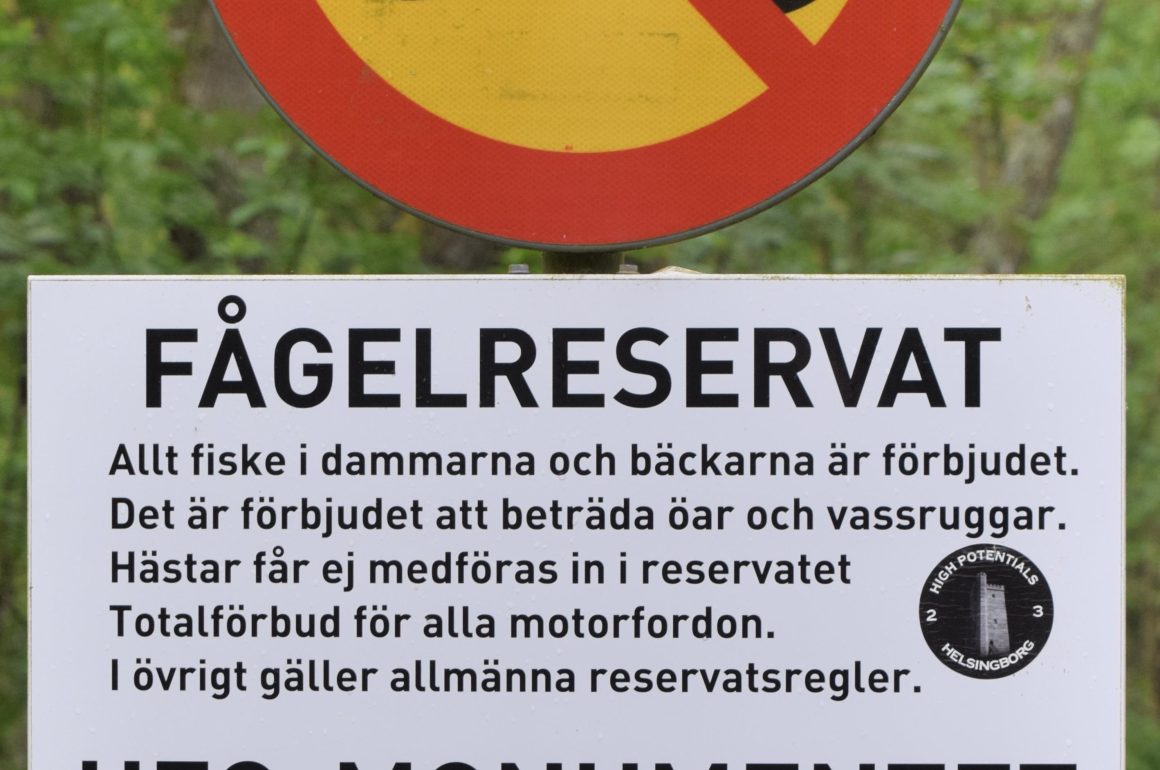
Once upon a time, there was an adventurous Mexican young woman called Miriam. She packed her bags, waved her family goodbye, and left for Sweden. At Lund University she studied economics, braved the cold, and found love: a nice ABBA-loving Viking called Fredrik. They bought a wee house and lived happily ever after. The end.
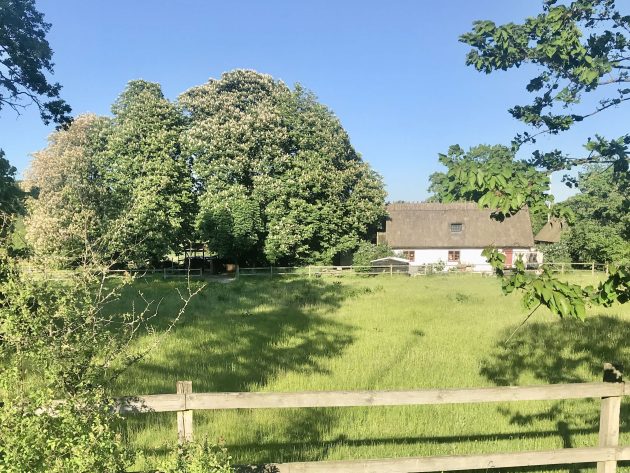
Ah, no! I need to write a whole post so better start throwing in more details, maybe even a bird or two… Before the “ever after” there’d be a wedding, of course. To be held in May 2024, and I had been invited. Never to say no to a good party, especially with the possibility of adding a few days’ worth of birding I packed the vitals: binoculars, clean undies, horned helmet, suit and tie. Off to Skåne!
Skåne is part of the Continental biogeographic region, but the county lies just south of where the Boreal region starts. I could be expecting birds from both these regions with maybe a straggler or two from the Atlantic region. The word “boreal” got hijacked by one of the Dutch extreme-right parties as a supremacist euphemism – obviously without understanding what the term really means. Or is it a conscious choice, a subterfuge: hiding the brown-shirted stench of fascism behind an image of lovely northern woods? Never quite sure, better stay alert! Let’s just move back to birds, shall we?
I flew to Copenhagen, picked up my rental drakkar and drove across the Øresund bridge to Sweden. There’s a very convenient and much cheaper train service directly from the airport to Malmö, but I wanted to stop halfway and scan the sea for birds. Turned out to be a perfect waste of money since you can’t stop anywhere on the bridge and half the bridge turned out to be a tunnel! My preparation was obviously not great, but I want to blame the various websites I consulted. This one on birding in Skåne claims that “in winter, golden eagles, buzzards and werewolves are often seen”. I dipped on both the Golden Eagle and the werewolves, which left me with mixed feelings. The Jackdaw welcoming committee helped me lift my spirits.
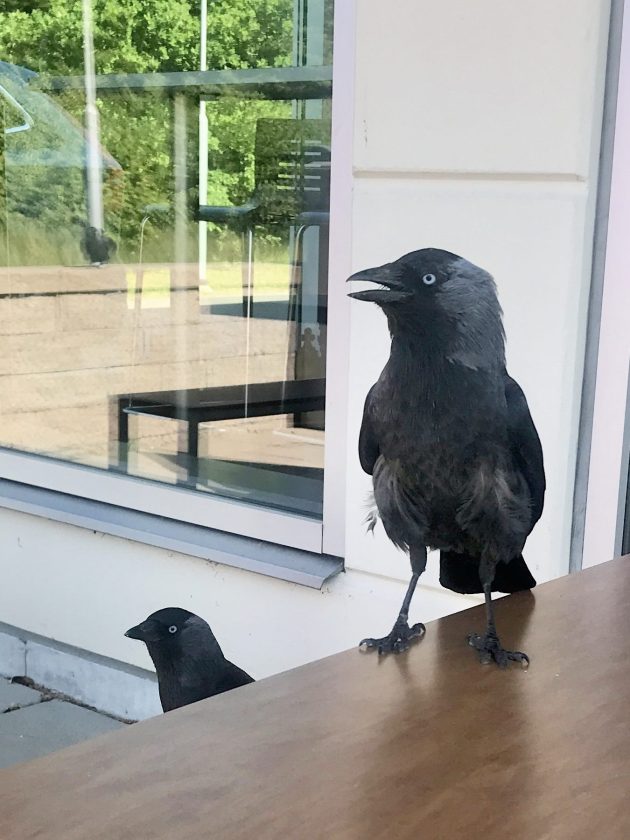
The first stop was the lovely village of Torna Hallestad. I stayed in the Lillan cottage (internet boasts multiple ways of booking). Lilac would have been a more appropriate name as this shrub was everywhere – seems to be an invasive species. The whole town smelled like my grandmother’s eau de cologne. The cottage’s owner is into tree-hugging but in a high-tech way. He’s come up with a removable platform so you can sit high up in a tree and enjoy nature. His cottage lies on the Trollskögsvägen – the road to the enchanted forest, which sounded much more like the better way to see some birds… I dropped my bags and walked towards the forest. As any decent birder knows, one has to donate to nature conservation. I started donating – blood – to the local mosquitos the moment I entered the forest. Turns out those trolls are mozzies. It was well worth it. The landscape is quite open, with ridges, meadows and forest. Singing birds were everywhere. The town is central to many other hotspots and it should be possible to get to more than 100 species in a day or two.
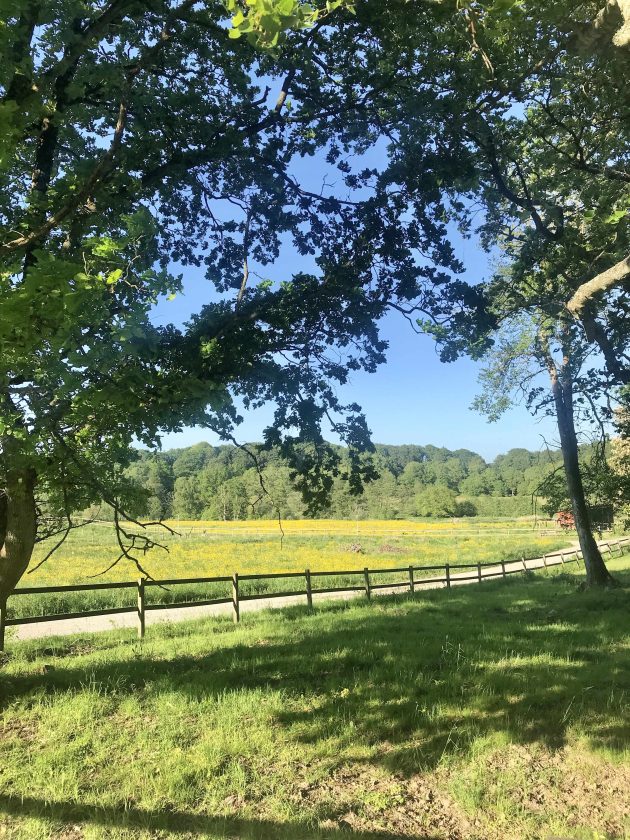
The next day I was better prepared for the flying parasites – DEET wafting around me like a cloud. Even the butterflies kept away. Note to Bayer-Monsanto: that’s a joke, do not go out blaming birders for the drop in insect populations. It’s really your insecticides and not a lot else despite your apparent lack of knowledge of the actual facts. My search area for the day was Krankesjön–Silvåkratornet. The site is well indicated on the road northeast from Silvakra. Turn left at the Fågeltorn sign. Alternatively, follow your GPS, get lost and violate at least three traffic codes. That’s what I did. The area is fantastic and worth spending at least a day. There are lakes, bogs, agricultural fields and forests. The surrounding area is used by the military for live fire practice so my little detour could have had serious consequences. Watch the signs!
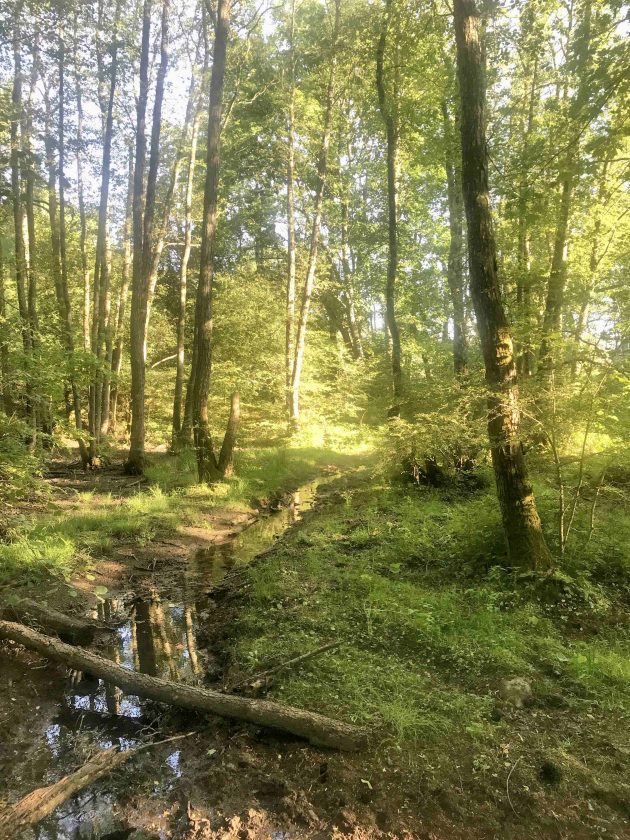
The hides, the watch-tower and the amenities are all excellent. A variety of species of geese, ducks and swans swim on the lake while the woods and reeds have every warbler imaginable. The place was filled with singing Thrush Nightingale and I did manage to see this ultimate skulker very clearly in the roadside tangles. Getting a photograph is another matter altogether. The Yellowhammer was more obliging.
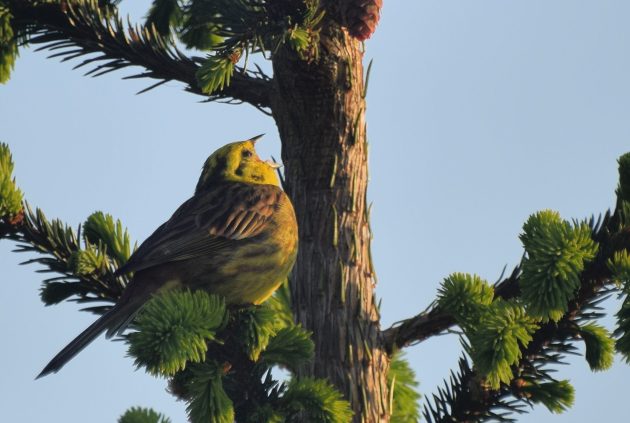
As I had risen at the incredibly early hour of 3:15 I still had time to visit another site. Using a combination of the eBird explore-function and Birdingplaces I found Klingavälsåns utlopp. This site is a combination of a small river and a flooded meadow. It’s full of waders, ducks and geese. A gentleman-birder kindly pointed out the Spotted Redshank, the Ruff in full breeding plumage and a host of other waders and in return I nearly did not tell him about the Blackwinged Stilt. Nearly. Turned out that bird was the reason he had driven 3 hours from Småland – to see what is in fact an enormous rarity in Sweden. Like all other birders I met in Sweden, he was the archetypical birder of lore: middle-aged, floppy hat and slightly eccentric. I am used to the younger birders in Portugal, who are cool, pretty and have piercings in peculiar places but I fitted in well with the Viking birders and felt right at home. Some free election advice: if you are a misogynist but don’t want to vote for Trump, move to Sweden and go birding! It’s a men’s world out there…
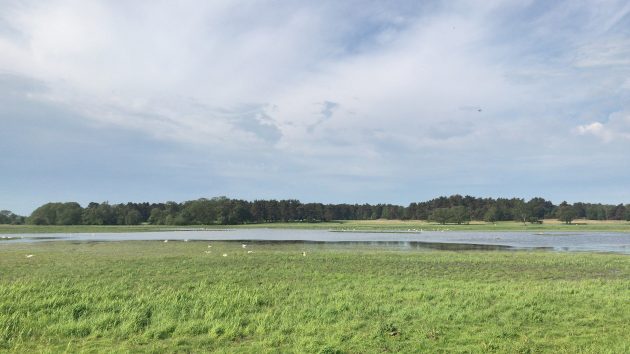
While preparing for the trip I had identified some Black Grouse spots further north in Småland. While Skåne resembles upstate New York, Småland feels more like Minnesota (kära svenska folk, jag vet att det är tvärtom, ber om ursäkt). Dense woods, interspersed with bogs. I hoped to see some roadside owls and stopped for owl-like features on trees and poles several times, but all in vain. To add to my misery, it turned out that the lekking peaks in April so I was far too late. However, the hotel reservation had been made and I was loth to change it for I was going to stay at the IKEA Hotell! IKEA is LEGO for adults or that’s how I have always experienced it. The website promised a hotel full of IKEA furniture and although I was a bit underwhelmed by the decoration (no Billies!), the stay came with a free visit to the IKEA Museum across the road. For a better timed second visit in April: the Black Grouse leks at Väko Myr Nature Preserve and Taglamyren Nature Reserve are near. These are rather bleak bogs with dying trees and thriving peatmoss.
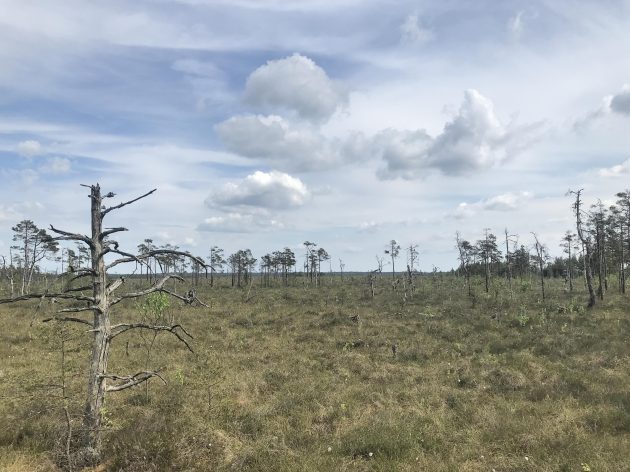
I went to Väko Myr to test my luck and although the Black Grouse were a no-show I did see a pair of Bullfinch in the parking lot. This is one of my nemesis birds. I have seen its island cousin, the Azores Bullfinch (much rarer) but the original had eluded me so far. I was therefore chuffed to have lucked upon them. No longer my nemesis I would see Bullfinch every single day thereafter, of course.
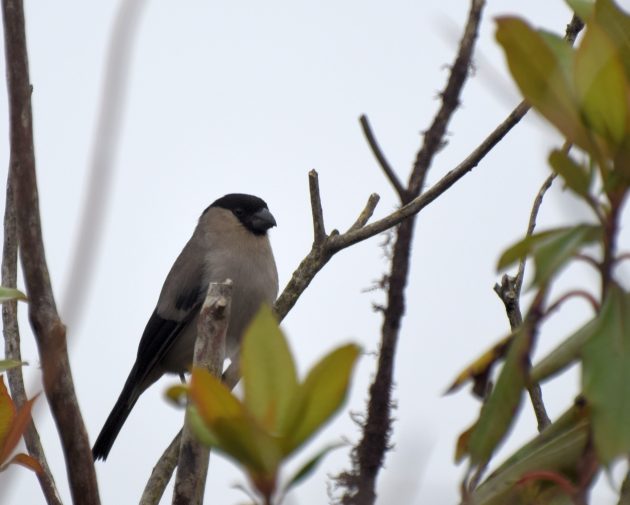
The next day I had a bit of a sleep-in until 6:00 and drove back south to Ängelholm. My target location was Ängelholms Kronopark. This is where in May 1946 a UFO has been sighted by Gösta Carlsson. There’s a replica of the actual spacecraft and some very informative signs. It’s all very well done and free of graffiti or vandalism. Check out the Wikipedia page and draw your own conclusion. The truth is out there.
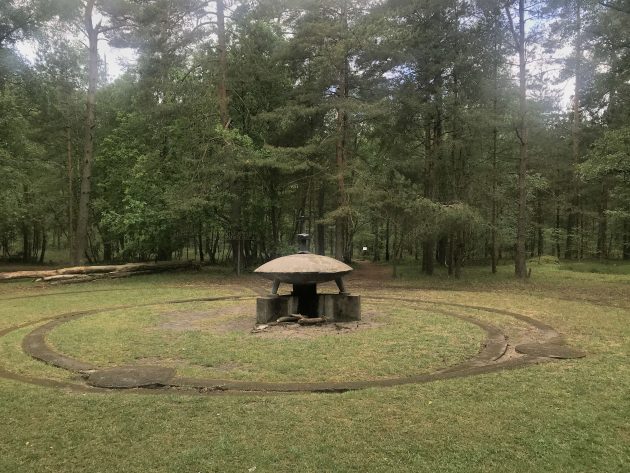
The park borders a dune reserve and beach called Sibirien. Neither site features on eBird as a hotspot. Undeservedly so, as both places were brimming with songbirds. It’s also very beautiful. I scored two lifers, the Lesser Redpoll and the Wood Warbler.
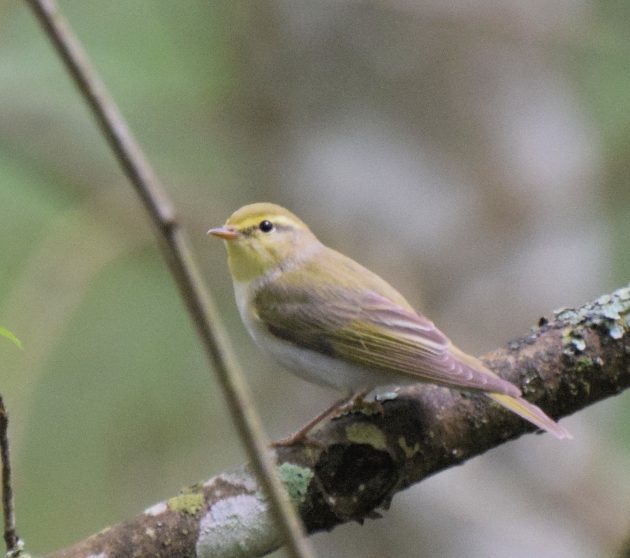
The Great Spotted Woodpecker nest cavity was obviously occupied and I managed to get a decent picture (for my doing). Another bird flew away that I couldn’t identify so I wrote it down in eBird as “unidentified”– it only seemed appropriate.
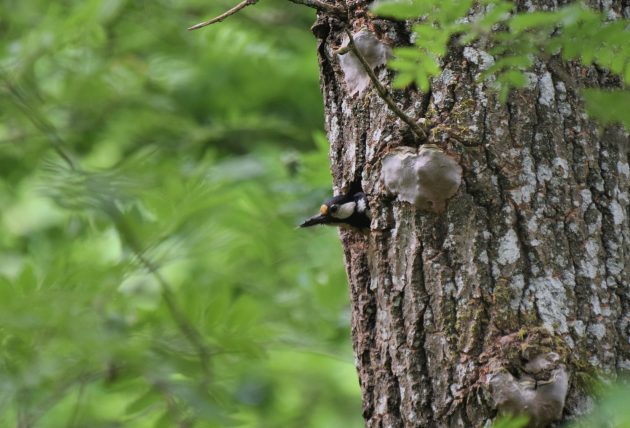
If you think UFOs are the craziest thing in Sweden, check out what they put on a pizza…

I still had the wedding to go to. Furthermore, Kullaberg was waiting for me where I hoped to find myself Black Guillemot and Common Rosefinch. You will have to check whether I did in the second post on Sweden, that will also feature a guy called Jesus, and Hamlet – just so you know what to expect.






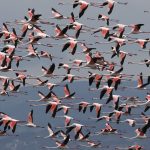



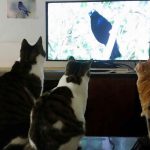


Leave a Comment